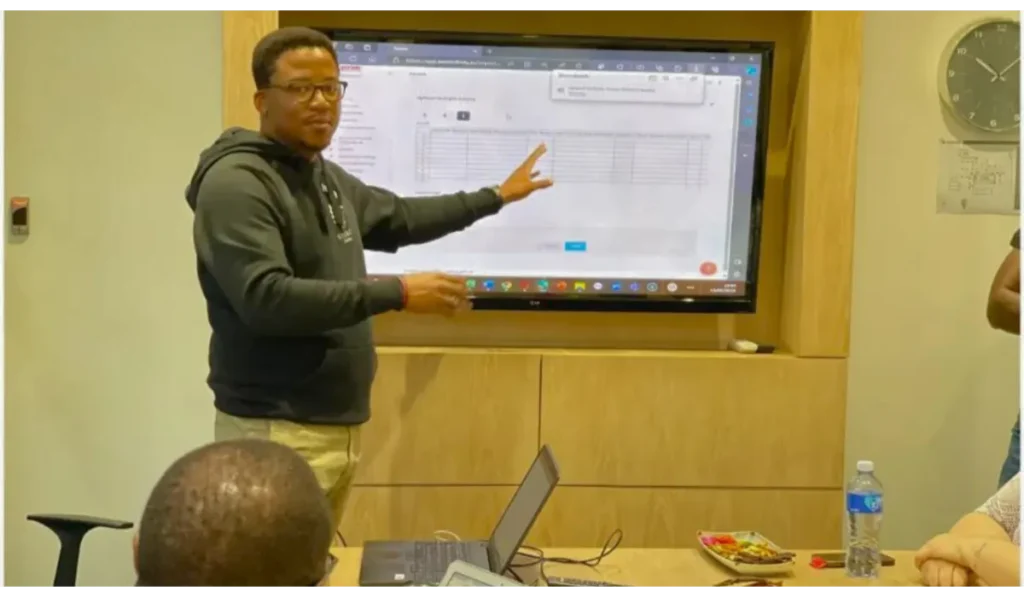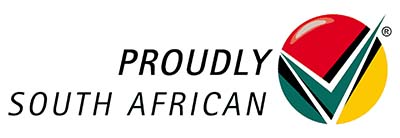An effective asset register is essential for organizations to manage and track their fixed assets efficiently.
Asset hierarchies provide a structured approach to categorization, ensuring better visibility, reporting, and decision-making.
This guide explores the importance of asset hierarchies and best practices for building a comprehensive asset register.
What is an Asset Hierarchy?
An asset hierarchy is a structured classification of assets based on their relationships, dependencies, and levels of detail.
It helps organizations manage assets systematically by grouping them into categories such as location, function, or asset type.
Benefits of an Effective Asset Register
- Improved Asset Tracking: Enhances visibility into asset locations, conditions, and utilization.
- Better Maintenance Planning: Enables predictive and preventive maintenance scheduling.
- Regulatory Compliance: Ensures adherence to financial reporting and compliance standards.
- Optimized Asset Utilization: Reduces asset redundancy and maximizes operational efficiency.
- Enhanced Decision-Making: Provides accurate data for capital investment and budgeting.
Steps to Building an Effective Asset Register
1. Define Asset Categories
- Classify assets into primary categories such as:
- Buildings and Infrastructure
- Machinery and Equipment
- IT Assets
- Vehicles and Fleet
- Furniture and Fixtures
- Establish standardized naming conventions for consistency.
2. Establish Asset Hierarchy Levels
A typical asset hierarchy consists of:
- Level 1: Asset Class (e.g., Machinery)
- Level 2: Asset Type (e.g., CNC Machines)
- Level 3: Asset Group (e.g., Milling Machines)
- Level 4: Specific Asset (e.g., CNC Milling Machine #102)
- Level 5: Subcomponents (e.g., Motor, Drive System, Sensors)
3. Assign Unique Identifiers
- Use barcodes, RFID tags, or serial numbers to track assets accurately.
- Implement a centralized asset management system for real-time monitoring.
4. Record Key Asset Information
Each asset entry should include:
- Asset Name and Description
- Acquisition Date and Cost
- Location and Department
- Depreciation Schedule
- Maintenance and Warranty Details
- Disposal or Replacement Plan
5. Ensure Data Accuracy and Regular Updates
- Conduct periodic audits to validate asset records.
- Update asset registers following acquisitions, disposals, or relocations.
- Train employees on data entry best practices.
Leveraging Technology for Asset Register Management
- Enterprise Asset Management (EAM) Software: Automates asset tracking and reporting.
- IoT and Smart Sensors: Provide real-time monitoring of asset conditions.
- Cloud-Based Asset Management Solutions: Enable remote access and scalability.
Conclusion
A well-structured asset hierarchy is the foundation of an effective asset register.
By following best practices in categorization, tracking, and technology integration, organizations can streamline asset management, improve compliance, and optimize resource utilization.
Implementing these strategies ensures long-term asset sustainability and operational efficiency.








